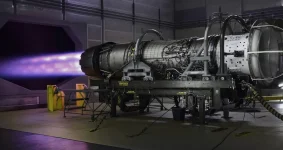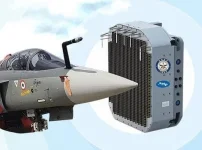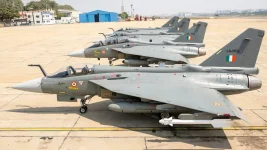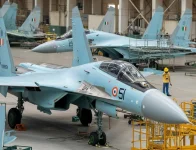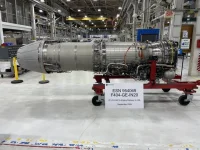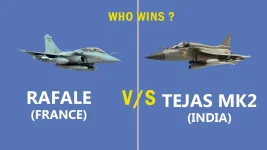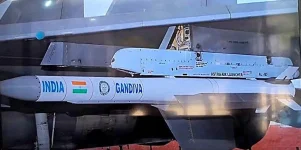- Views: 33
- Replies: 1
India's push for self-reliance in the defence sector has achieved a landmark success as the indigenous Light Combat Aircraft (LCA) Tejas Mk1A has successfully completed its final weapons integration trials.
This critical phase involved live-firing demonstrations of the Indian-made Astra beyond-visual-range (BVR) missile and the UK-developed ASRAAM close-combat missile, clearing a major hurdle for the aircraft's formal induction into the Indian Air Force (IAF).
Developed by Hindustan Aeronautics Limited (HAL), the Tejas Mk1A is an advanced version of the LCA Tejas and a flagship project of the 'Atmanirbhar Bharat' initiative.
The recent trials, held at HAL's facility in Nashik, confirmed the fighter's combat versatility by validating its compatibility with a modern weapons package.
The successful test of the DRDO-developed Astra missile demonstrates its long-range engagement capability, which extends beyond 100 kilometres.
Simultaneously, the integration of the ASRAAM missile, known for its high off-boresight and lock-on-after-launch capabilities, equips the Tejas for superior performance in short-range dogfights.
Officials familiar with the development have described the trials as a resounding success, crediting the seamless collaboration between HAL, the Defence Research and Development Organisation (DRDO), and various international technology partners.
The tests were designed to replicate realistic combat situations, confirming that the aircraft's weapons systems are reliable and effective under operational stress. This achievement significantly enhances the tactical capabilities that the Tejas Mk1A will bring to the IAF.
In a related development, HAL is set to begin deliveries of the first production-standard Tejas Mk1A jets to the IAF this month. While there have been minor delays awaiting the supply of GE F404-IN20 engines from General Electric in the United States, the first aircraft is reportedly ready for handover.
HAL is scaling up its manufacturing capabilities, with the goal of producing 16 aircraft annually from its Nashik plant to fulfil the substantial orders placed by the IAF.
The Tejas Mk1A features significant upgrades over the earlier Mk1 variant, placing it firmly in the 4.5-generation category.
Key enhancements include the indigenous 'Uttam' Active Electronically Scanned Array (AESA) radar for improved target tracking, a sophisticated electronic warfare suite for enhanced self-protection, and greater fuel capacity.
The Indian government has demonstrated its confidence in the platform by initially ordering 83 units in 2021, followed by a recent approval for 97 additional aircraft, bringing the total order to 180 jets. This fleet is slated to replace the IAF's aging MiG-21 squadrons.
This progress is critically important as the IAF works to address a shortfall in its number of combat squadrons and modernise its fleet. The Tejas Mk1A is envisioned as a multi-role workhorse capable of performing air superiority, ground strike, and reconnaissance missions.
Following the initial deliveries, the IAF will conduct its own extensive user trials before the aircraft is certified for frontline deployment, which is anticipated by early 2026.

